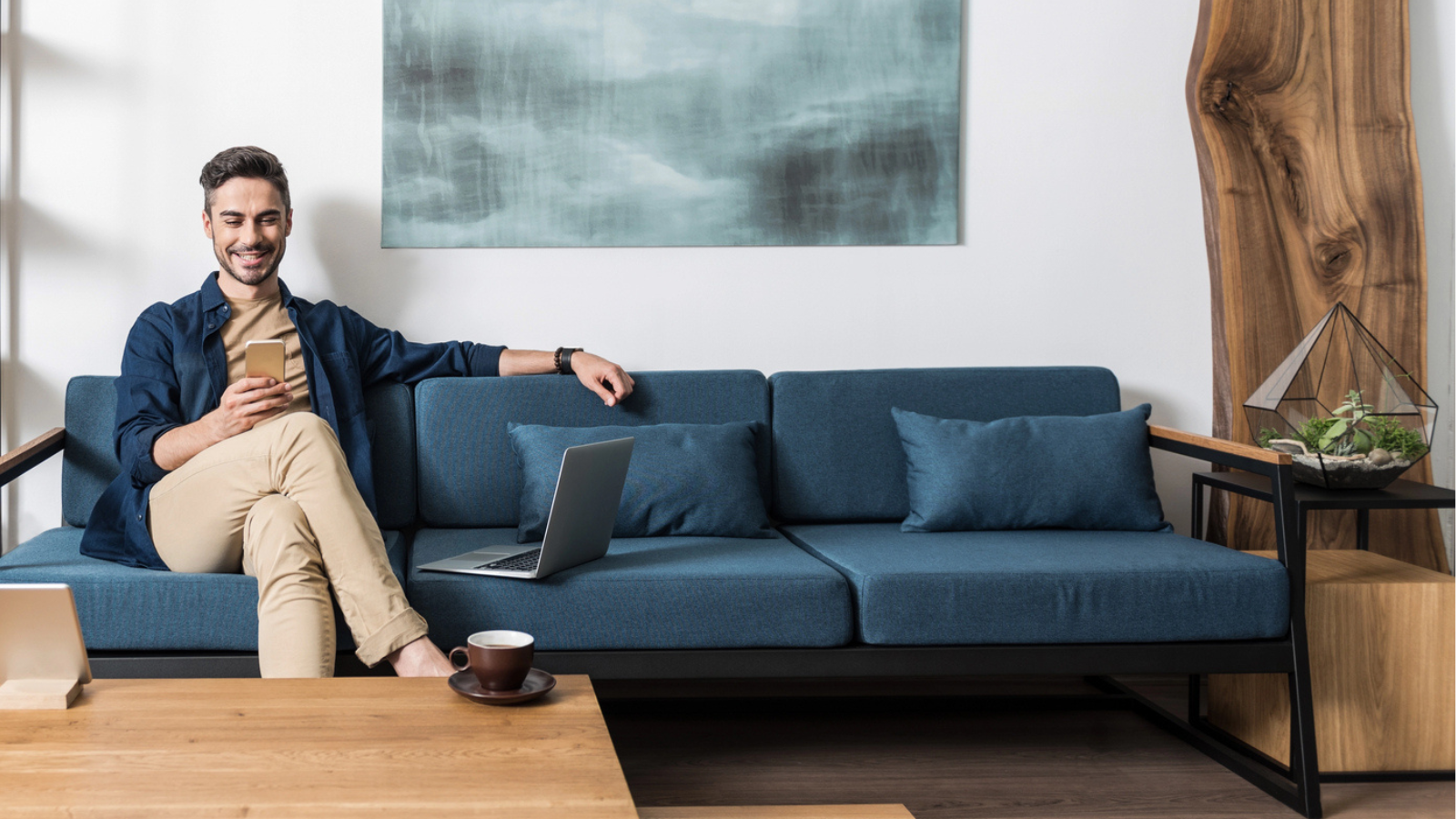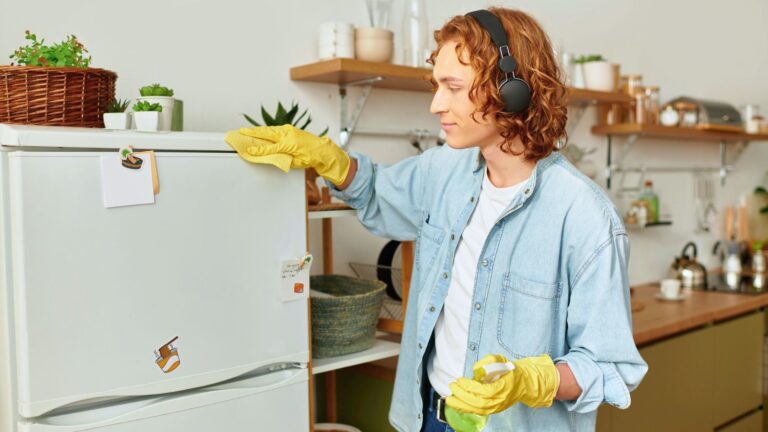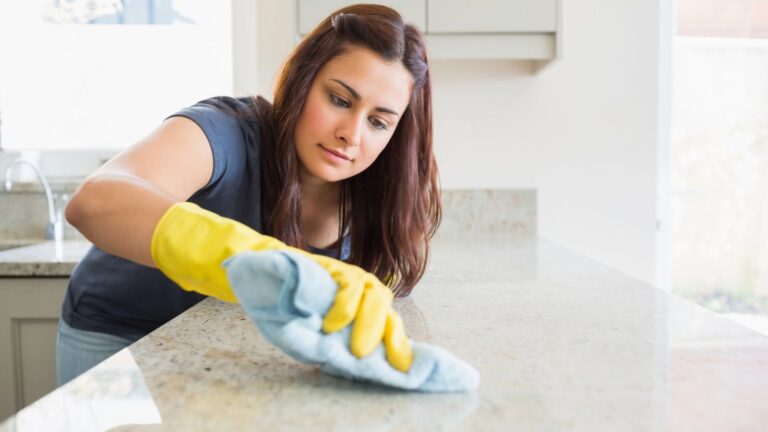10 Steps To Master the Art of Minimalist Living
Minimalist living isn’t about empty rooms or getting rid of everything you own—it’s about simplifying life to make space for what really matters. Whether you’re downsizing or just looking to feel less overwhelmed, here’s how to embrace a more minimalist lifestyle in a practical, approachable way.
Start With Decluttering
Begin by getting rid of what you don’t use. You don’t need to tackle your whole house at once—start with a single drawer or closet. Sort through your stuff and ask yourself if you actually use or enjoy each item. If not, donate it, recycle it, or toss it.
A clutter-free space is easier to clean and more calming to be in. You’ll save time and energy, and probably feel more at ease the second the extra stuff is gone. This one step alone can completely shift the feel of your home.
Keep What You Actually Use
Minimalism isn’t about owning less for the sake of it—it’s about keeping what serves a purpose. If something helps your daily routine run smoother or simply makes you happy, it earns its place.
Focus on what you use regularly. In the kitchen, you probably don’t need six spatulas. In your closet, keep the clothes you actually wear and feel good in. Let go of the rest and enjoy the extra breathing room.
Choose Quality Over Quantity
Having fewer things means you can be pickier about the ones you do keep. Investing in quality pieces—whether it’s a sturdy coffee table or a coat that actually keeps you warm—pays off over time.
You’ll replace things less often and enjoy them more while you have them. It might cost more upfront, but buying better (and less often) often ends up being the more affordable path in the long run.
Simplify How You Spend Your Time
Minimalism isn’t just about stuff—it’s about your time, too. Take a look at your weekly schedule. Are there obligations that stress you out or don’t really add value to your life?
Say no when you need to. Prioritize rest, connection, and activities you actually enjoy. When your time feels more spacious, your mind follows.
Create a Calm, Peaceful Space
Minimalist homes often feel peaceful because they’re visually quieter. Stick to a calm color palette and avoid overcrowding the space with too much furniture or decor.
A few personal touches, a little greenery, and lots of natural light can go a long way. Clear surfaces and open space help create a home that feels as good as it looks.
Shop With Intention
Impulse shopping is the fastest way to clutter. Before buying something new, pause and ask yourself if you really need it—and where it’ll go in your home.
Try a waiting period for non-essential purchases. If you still want it in a few days, maybe it’s worth it. Most of the time, you’ll realize you didn’t need it after all.
Prioritize Experiences Over Stuff
Instead of collecting things, focus on creating memories. Whether it’s a weekend trip, a family dinner, or trying something new, experiences tend to bring more lasting joy than physical items ever could.
Plus, they don’t take up shelf space—just space in your heart and memory. That’s a trade most people are happy to make.
Practice Gratitude Daily
One way to avoid the trap of always wanting more is to appreciate what you already have. Make it a habit to think about a few things you’re grateful for each day.
It helps you focus on abundance instead of lack. When you feel content with what you’ve got, the urge to keep acquiring more tends to fade.
Tidy Up Your Tech Life
Minimalism applies to your digital world too. Clean up your desktop. Unsubscribe from emails you never open. Delete apps you haven’t used in months.
Limit screen time and take regular breaks from social media. Fewer digital distractions mean more focus, less stress, and more time for what matters offline.
Make it a Habit, Not a Project
Minimalism isn’t a one-time purge. It’s a way of living. Revisit your belongings regularly and let go of what’s no longer useful. Be thoughtful about what you bring into your home—and your life.
The more you practice it, the more natural it becomes. Over time, it’s less about rules and more about intuition.
Why Minimalism Just Makes Sense
Living with less often leads to having more of what really counts: time, space, clarity, and peace. It can save you money, lower your stress, and create a home that feels like a true retreat.
Minimalism also encourages more sustainable choices—fewer purchases, less waste, and more intention. And when your life feels aligned with your values, everything just works better.
The beauty of minimalist living is that it’s totally flexible. Start small. Keep what matters. Let go of what doesn’t. And enjoy the freedom that comes with less.
This article first appeared on Happy From Home.







